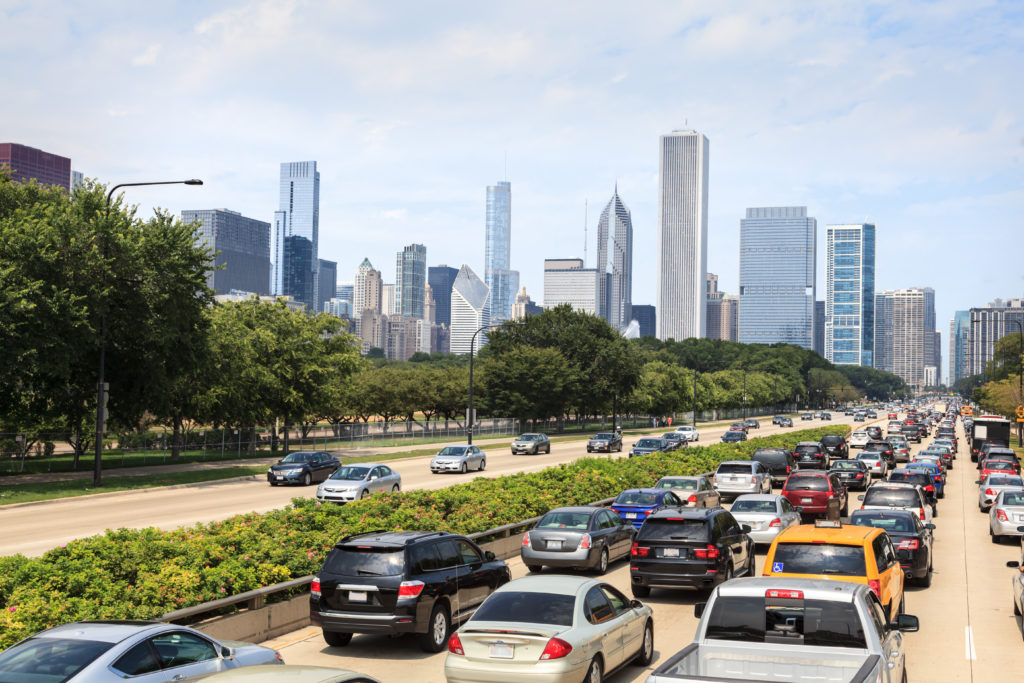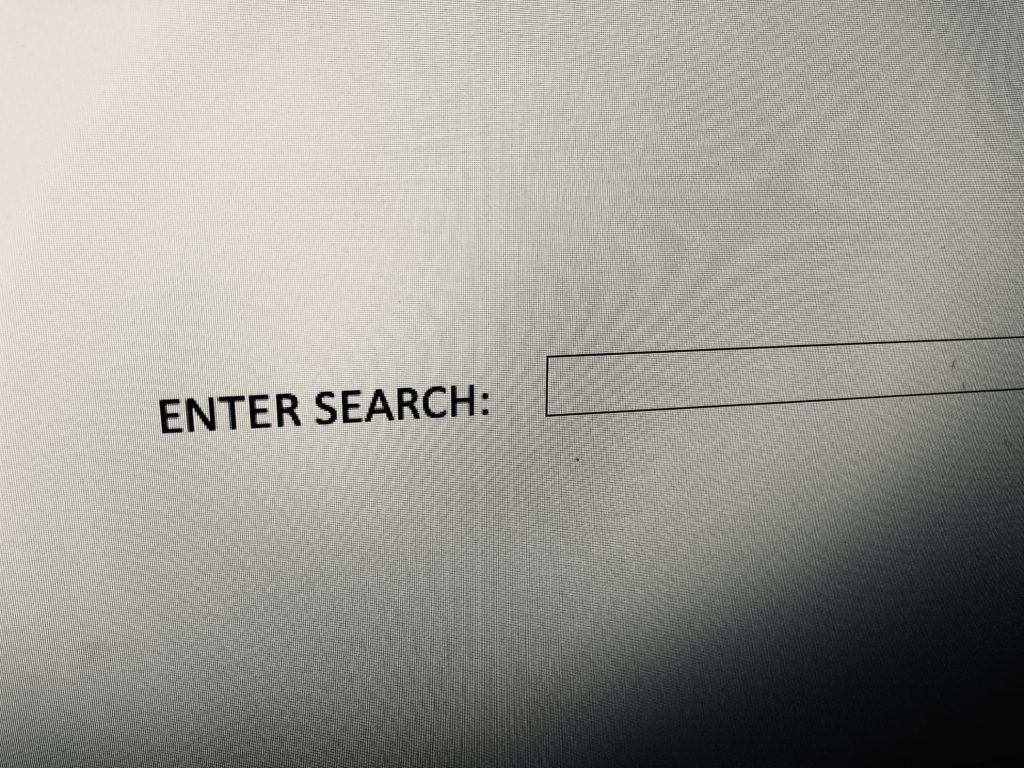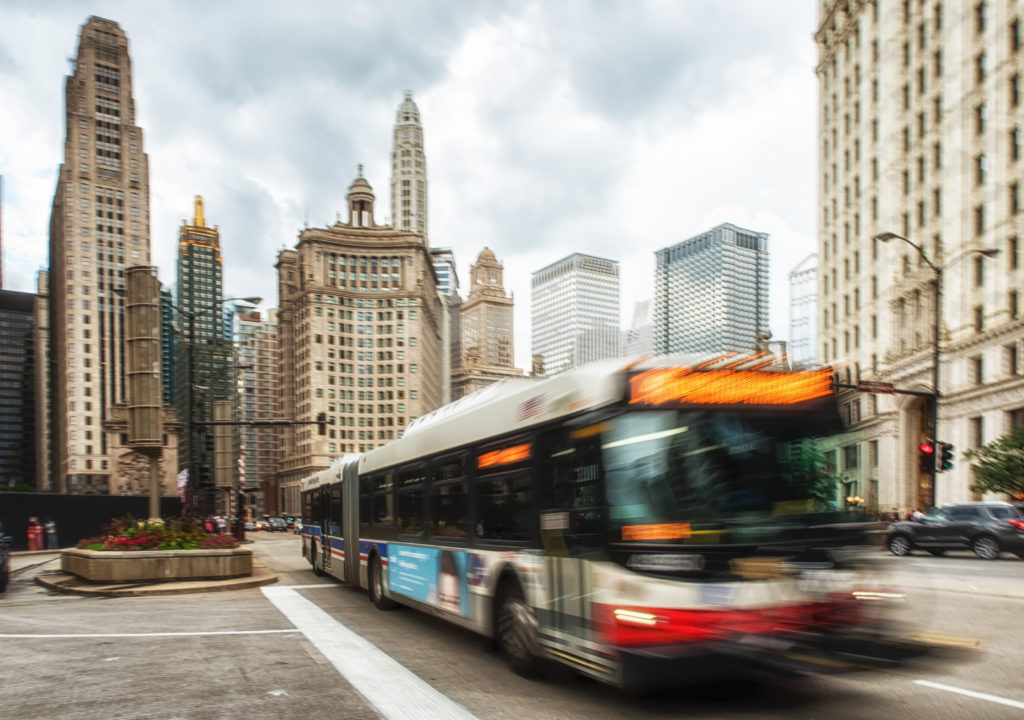
CHICAGO – Alderman Brian Hopkins (2nd) is currently pressuring the city to start massive movement on its long-awaited plan of adding new parkland off of Lake Shore Drive, as well as implementing a solution to an inefficient lakefront intersection at Chicago Avenue.
Hopkins is working toward a resolution that would completely rebuild–not just repave–The Drive and add 70 acres of parkland to its east.
It would also aim to expand Oak Street Beach.
Hopkins’ ward covers the stretch from the Downtown lakefront to Bucktown. Regarding his proposals, he has been requesting support from Governor J.B. Pritzker.
“The $45 billion capital bill is out there,” Hopkins explained. “And we don’t know what that’s going to be spent on. I’m pushing for this plan to finally come to fruition and get it off the drawing board.”
The alderman is also asking for a resolution to the inconvenient traffic backups caused at the Lake Shore Drive/Chicago Avenue intersection, where eastbound vehicles traveling from Streeterville make for an excessively long red light wait time in all four directions, while cars only get a few seconds to move once the light finally turns green.
“If you were a traffic engineer,” Hopkins said, “you would be fired for proposing this today. It’s just that bad.”
The resolution would also work to create a path allowing Chicago Avenue traffic to pass over Lake Shore Drive, along with with on-ramps and off-ramps to make for easier maneuvers on and off of The Drive–which would ideally no longer back up traffic.
“We really have no choice,” explained Hopkins. “We have to do something. Lake Shore Drive is crumbling. It needs to be replaced. The roadbed is beyond its useful service life. And as long as we’re rebuilding Lake Shore Drive, I think it would be a tragic waste of opportunity if we don’t also expand the parkland there.”
As of now, Lake Shore Drive has sparse greenery and boasts mostly concrete walkways and bike lanes on its sides. Hopkins’ plan would include new landfill to expand into the lake for additional parkland along the roadway.
The Drive is also under constant threat of flooding by Lake Michigan.
Mayor Lori Lightfoot has been working to add Jersey barriers to hold back rising water along the lake, but Hopkins believes this is impractical.
“It’s not going to work,” Hopkins told the City Club of Chicago late last month. “The types of erosion we’re seeing through climate change, fluctuating lake levels…we can’t get out of the way of this with Jersey walls. We have to rebuild Lake Shore Drive.”
Hopkins is waiting for much more momentum to come with the new administration in Springfield.
His project would also put into place a long-running campaign to fix Lake Shore Drive’s S-shaped curve around Oak Street Beach. This development aligns with Meigs Field’s conversion to a Northerly Island nature preservation, as well as with Downtown’s Museum Campus completion that sits just off of The Drive.
Chicago architect Daniel Burnham, who helped to write the “Plan of Chicago” in 1909, deemed the city’s shoreline “forever open, clear and free,” which has been publicly mandated since 1836.
18 years ago, a group of cyclists established the Campaign for a Free and Clear Lakefront in honor of Burnham’s vision–they wanted the city to remove Lake Shore Drive entirely and return it to its origins as a grassy park space. In their eyes, such a large separation between Chicagoans and Lake Michigan was in direct violation of Burnham’s ideals.
It seems they weren’t far off base.
The ‘North Lake Shore Drive project,’ has been a collaboration between the Chicago and Illinois departments of transportation, the Chicago Park District, the Federal Highway Administration, and various neighborhood groups since 2013.
Safer and more efficient roadways, a renovated drive, and new parklands are possible, but these improvements will need backing, funding, and teamwork between government groups and Chicago locals.
Alderman Hopkins’ fight is a powerful reminder of the reimagining that is needed for Lake Shore Drive–better parks and more beach space are what will allow Chicago’s lakefront to remain a scenic legacy. It won’t be enough just to prevent it from falling apart.




